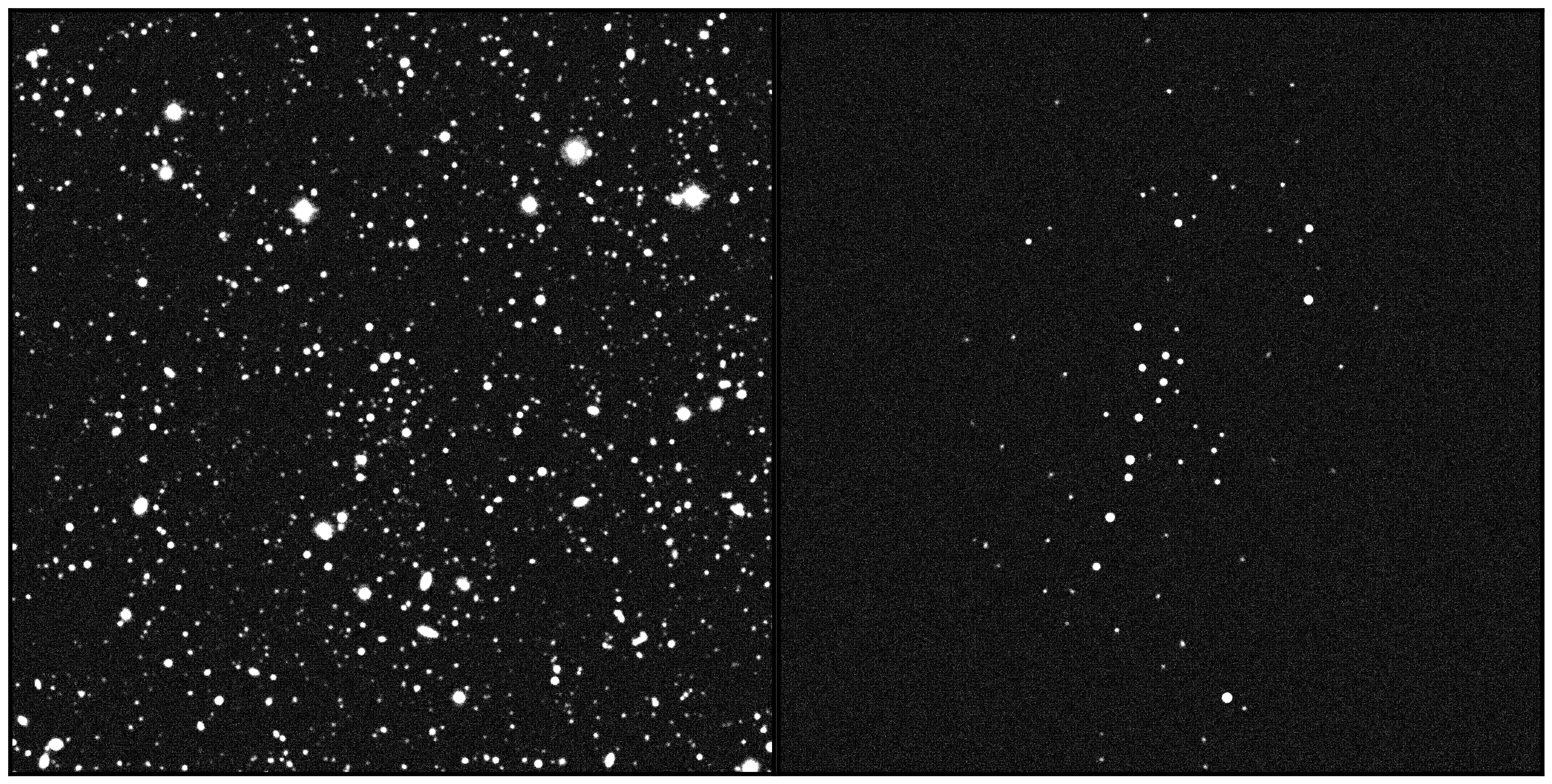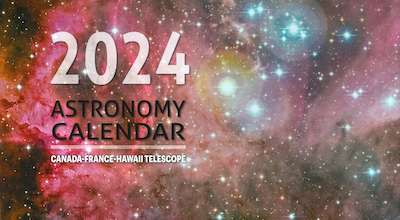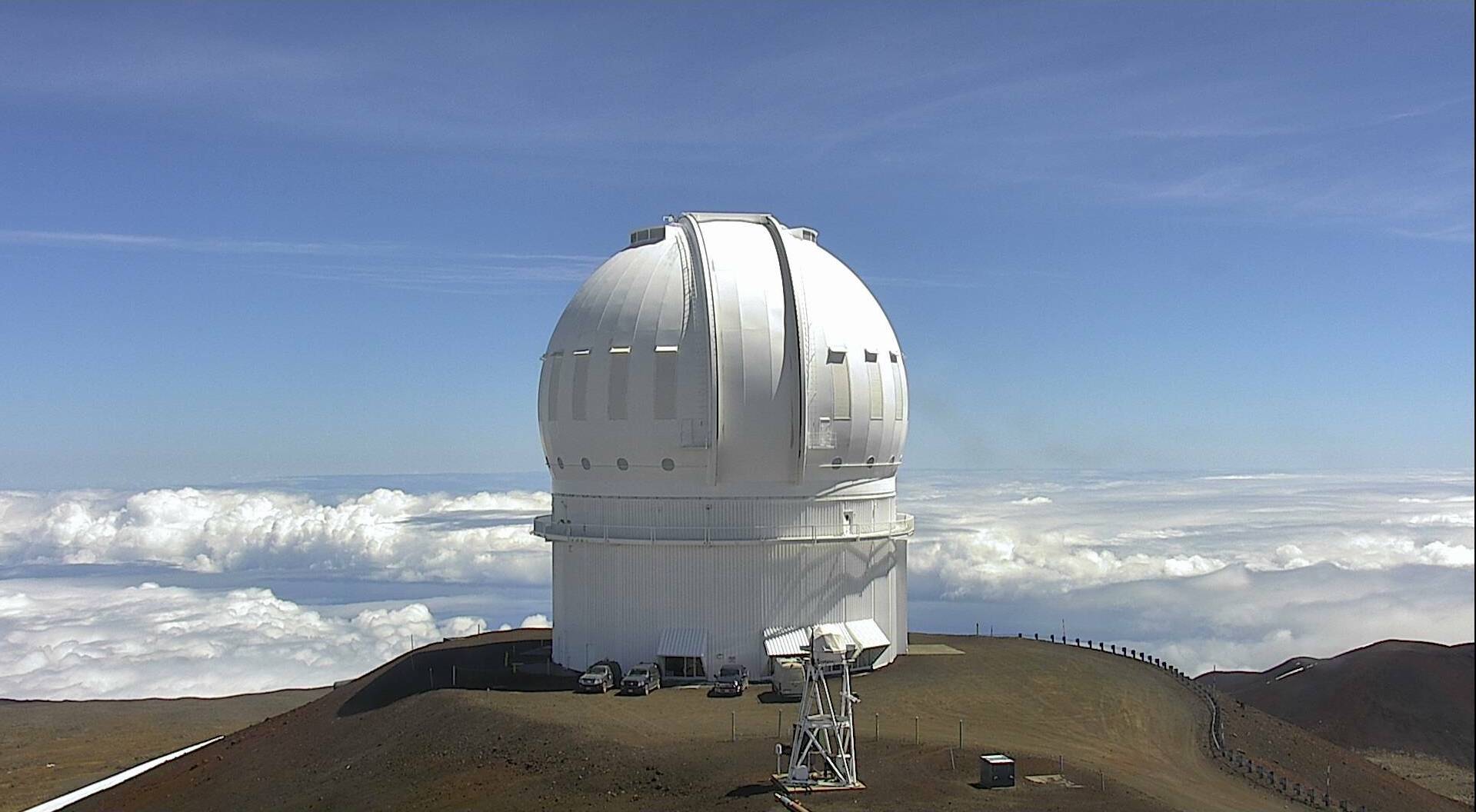Archival research using CFHT images reveals a missing link.
Archival research is an upcoming trend in astronomy. More and more researchers use archived data for their research and are able to generate original, exciting and high impact results. The research done at the Harvard-Smithsonian Center for Astrophysics by Ivana Damjanov on red nuggets is a perfect example of what can be achieved using archival data.
Red nuggets are a type of galaxy which, until now, was only observed in the early Universe. Indeed, when the universe was young and dense, these massive galaxies were common. They are ten times more massive than the Milky Way, but their old, red stars are packed into a volume a hundred times smaller than our Galaxy, thus the nickname "red nuggets".
Surprisingly, these galaxies had no counterpart in the local universe. Ivana and a team of researcher decided to address this problem. She used archive images from the Sloan digital sky survey and identified several hundred red nugget candidates. Her team then used the high quality images from CFHT and the Hubble Space Telescope to show that about 200 of the candidates were galaxies very similar to their red nugget cousins in the distant, young Universe.
The large number of red nuggets discovered told the team how abundant those galaxies were in the local and universe. That number then can be compared to computer models of galaxy formation. Different models for the way galaxies grow predict very different abundances of red nuggets. The picture that matches the observations is one where red nuggets begin their lives as very small objects in the young universe. During the next ten billion years some of them collide and merge with other, smaller and less massive galaxies. Some red nuggets manage to avoid collisions and remain compact as they age. The result is a variety of elliptical galaxies with different sizes and masses, some very compact and some more extended.
Additional information
Official press releaseInformation:
David A. AguilarDirector of Public Affairs
Harvard-Smithsonian Center for Astrophysics
617-495-7462
daguilar@cfa.harvard.edu
Christine Pulliam
Public Affairs Specialist
Harvard-Smithsonian Center for Astrophysics
617-495-7463
cpulliam@cfa.harvard.edu






